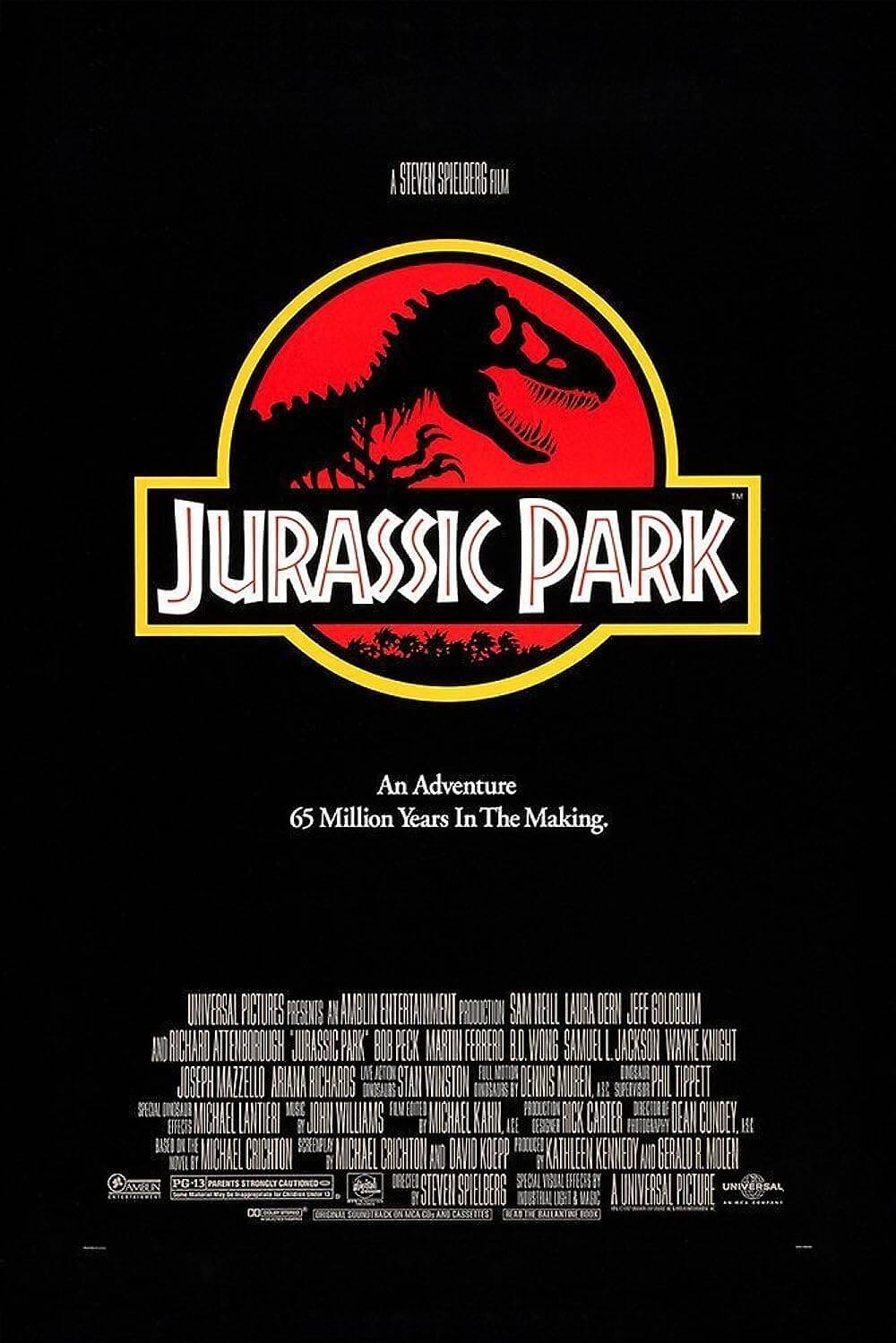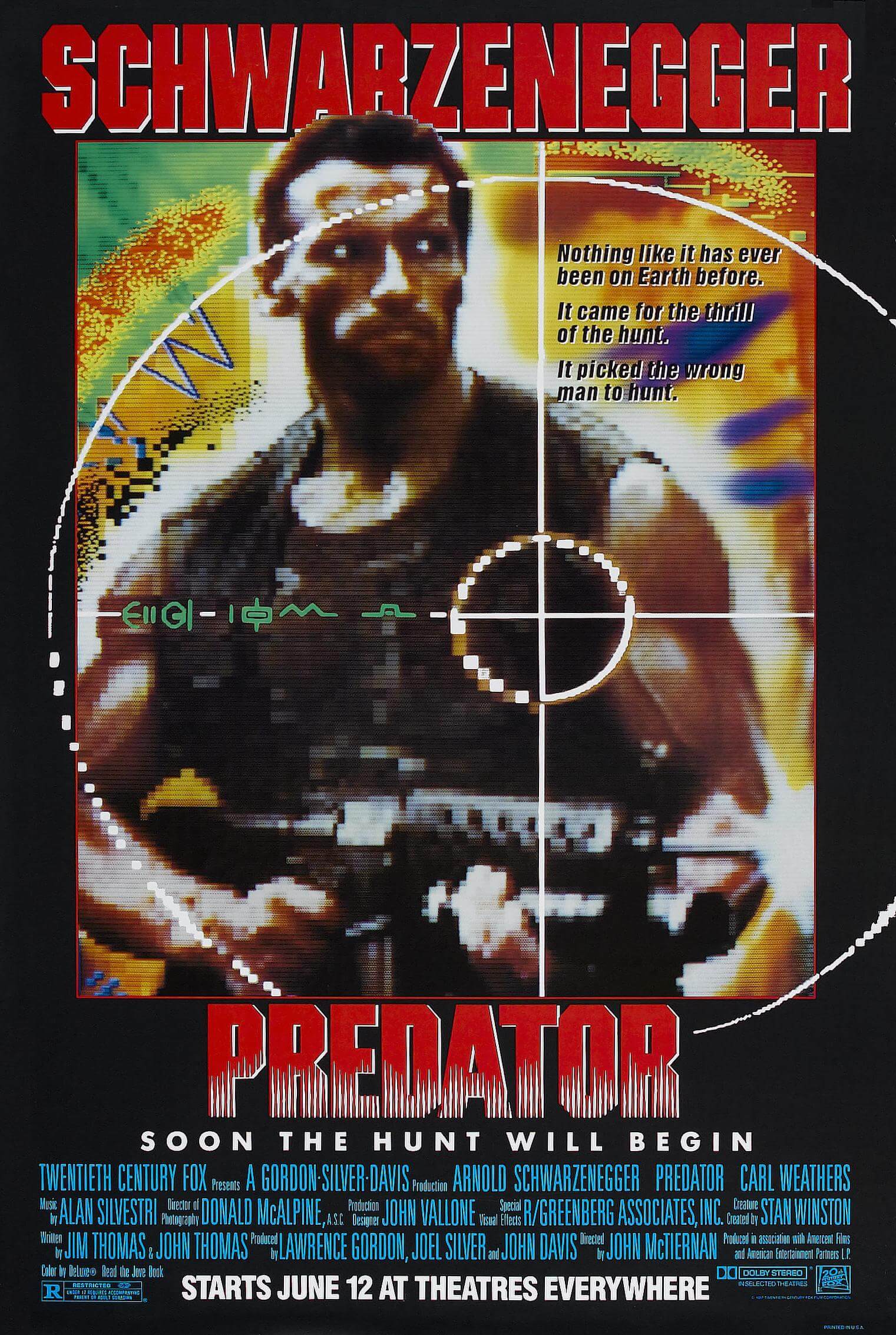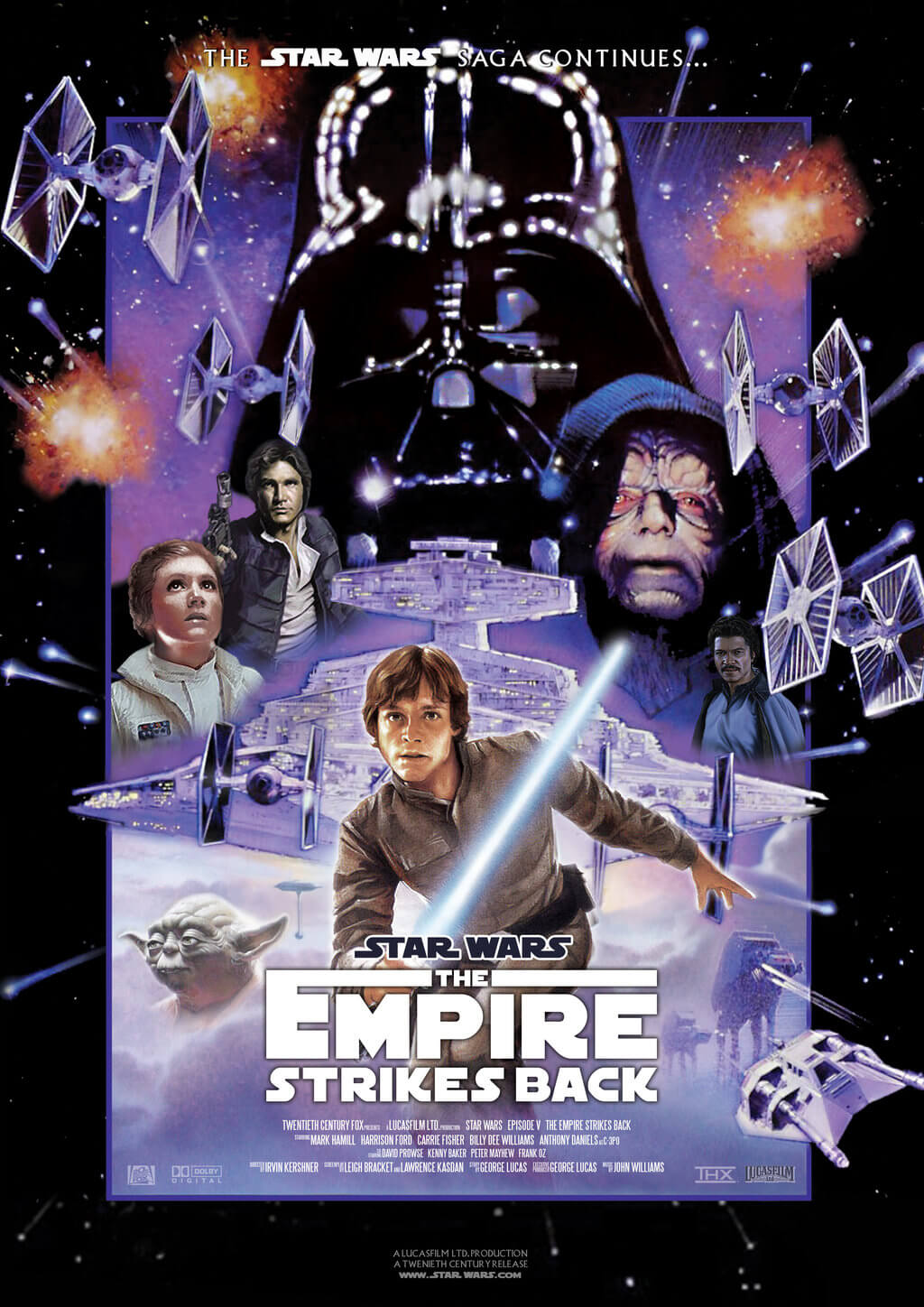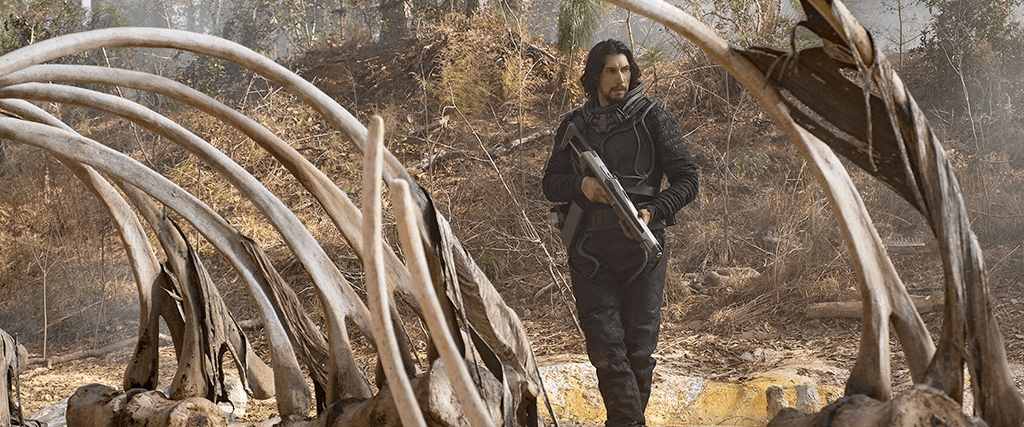
65
By Brian Eggert |
Whether you enjoy a movie can sometimes depend on your expectations—what you want out of the movie, and if that movie turns out as you hoped. For instance, when movies don’t resemble the trailers that sell them, audiences often feel disappointed, as though they’ve been given a product that wasn’t advertised. But with 65, the trailer created an expectation to see Adam Driver playing a space explorer who crashlands on a planet, presumably Earth, around 65 million years ago, and must survive the treacherous, dinosaur-laden terrain before finding some way to escape. On those terms, the movie was exactly what I expected. It has no loftier ambitions than its ancient aliens fight big lizards scenario, and that’s just fine with me. Of course, if you expect more than that, 65 will probably disappoint. But this mid-budget CGI extravaganza has all the trappings of Atomic Age science fiction in a way that I loved. Plus, Driver’s commitment to the B-movie material helps legitimize the genre-heavy proceedings.
65 was written and directed by Scott Beck and Bryan Woods, best known for co-writing A Quiet Place (2018) with John Krasinsky—though they’ve since directed Haunt (2019), one of the freakiest slashers in recent memory. Longtime friends who have collaborated since their first feature, University Heights (2004), Beck and Woods have been steeped in genre work since their sophomore effort, Nightlight (2015). With their latest, they delve into well-worn territory that smashes the futuristic trappings of space travel with the distant past. The result recalls something like 2008’s Outlander, where Jim Caviezel plays an intergalactic explorer who crashes onto Earth during Viking times and teams with a group of Norwegian warriors to hunt a killer alien beast. Similar to that film, there’s a scrappy quality to Beck and Woods’ production. The special effects look convincing enough, but not blockbuster worthy. The limited cast speaks to the production’s minimalism. The concept is simple, efficient, and unpretentious.
Against the cotton candy wisps of a space nebula, titles explain that the story takes place “Prior to the Advent of Man,” on the planet Somaris, where the local population looks like Earthlings and speaks English. Adam Driver plays Mills, who leaves his wife (Nika King) and sickly daughter (Chloe Coleman) for two years on a long-range exploratory mission into the galaxy. The mission will pay for his daughter’s medical treatments, but he regrets having to leave them. A year into this star trek, Mills, a custodian who remains awake while the ship’s crew hibernates in cryo-sleep, suddenly finds the ship battered by an asteroid belt, causing a crash on a nearby planet—Earth. Most of the crew is dead, save for one survivor, Koa (Ariana Greenblatt), a young girl about his daughter’s age who does not speak his language. Using his bag of high-tech gizmos, Mills must guide Koa safely through dinosaur country to an escape vessel that separated from the main ship during the chaotic landing. Unfortunately, Koa’s family died in the crash, so the two become a surrogate father-daughter pair.
Shooting on location around Louisiana, the directors make the swamps and forests look overgrown and appropriately primordial. The movie’s world is brutal and out to kill Mills and Koa, evidenced by a scene where she saves a baby dino only to witness the creature eaten the very next moment. It’s a classic journey, an adventure story across rugged terrain with dangerous lizards, quicksand, and treacherous caves. Prehistoric bugs offer a serious yuck factor, such as when Mills slaps a beetle on his neck that leaves a glue-like ooze, or when another crawly thing nestles into Koa’s throat at night. According to Variety, the production cost $91 million but received sizable tax breaks that reduced the total costs by half. The budget seems to have been spent on the dinosaurs, which look slinky and oddly shaped, as though they have no bone structure, yet present a constant threat. Their designs won’t earn any points with paleontologists. Meanwhile, the relationship between our survivors builds along the way; it’s basic stuff, but the actors sell it.
The distributors at Sony didn’t screen 65 for critics. Although this is usually a bad sign, indicating the studio doesn’t believe in the material, they had no reason to be ashamed or embarrassed. After all, it’s better than the last couple of Jurassic World sequels, even if it borrows more than once from that series. And at 93 minutes, it’s about an hour shorter than last year’s Jurassic World Dominion and laser-focused on a simple, effective outcome—a welcome reprieve from today’s average two-hour-plus blockbusters. Sure, the script contains a few Screenwriting 101 setups, including Chekov’s acidic geyser and dinosaur tooth, and there’s a hammy theme regarding a hand whistle. But the script’s many clichés never prevent 65 from being a thoroughly entertaining time for anyone intrigued by the logline. If Adam Driver fighting dinosaurs with a laser gun sounds fun, you’ll probably enjoy yourself.
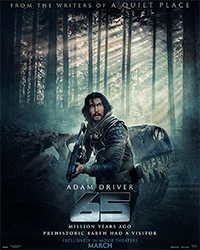
Thank You for Supporting Independent Film Criticism
Thank you for visiting Deep Focus Review. If the work on DFR has added something meaningful to your movie watching—whether it’s context, insight, or an introduction to a new movie—please consider supporting it. Your contribution helps keep this site running independently.
There are many ways to help: a one-time donation, joining DFR’s Patreon for access to exclusive writing, or showing your support in other ways. However you choose to support the site, please know that it’s appreciated.
Thank you for reading, and for making this work possible.
Brian Eggert | Critic, Founder
Deep Focus Review


